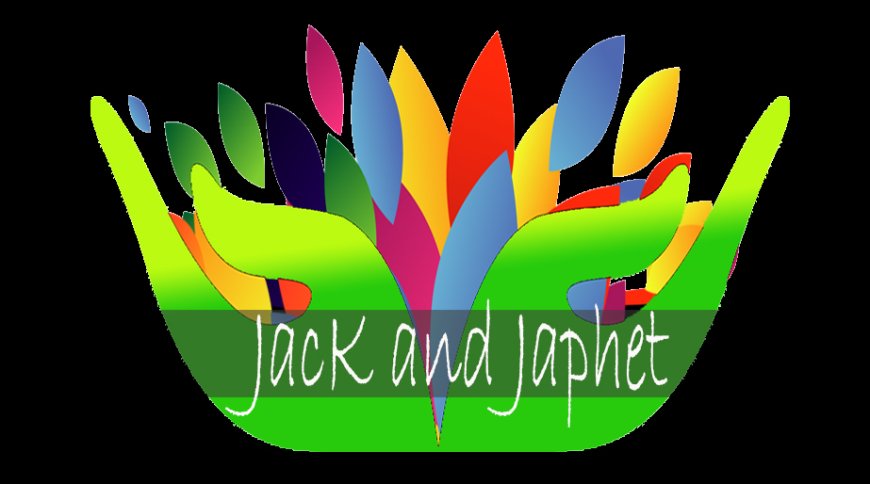Kanda Matsuri
Experience the vibrant Kanda Matsuri, Tokyo's iconic festival, celebrating culture with parades, traditional rituals and a sense of community.


Kanda Matsuri is one of Japan’s most celebrated festivals, held every two years in Tokyo. The festival honors Kanda Myojin Shrine and highlights the community’s cultural heritage. Alongside the Gion Festival (Kyoto) and Tenjin Festival (Osaka), it is one of Japan’s “Three Great Festivals,” attracting over 300,000 visitors.
Kanda Matsuri

Photo by: PIXTA/ khadoma The Kanda Matsuri began as a simple boat parade during the Edo Period
Kanda Myojin Shrine was established in 730 to protect the Edo (Tokyo) area. The Kanda Matsuri began as a simple boat parade during the Edo Period. With support from the Tokugawa Shogunate, it grew into the “Tenka Matsuri,” meaning the festival of the nation. This title was given to only two major festivals in Edo, the Kanda Matsuri and Sanno Matsuri. They showcased beautiful floats and portable shrines, symbolizing unity among the people.
Over the years, the Kanda festival transformed and became part of Kanda Myojin Shrine during the Meiji period (1868-1912), moving from September to May. Despite economic struggles and disasters, the tradition of carrying mikoshi stayed strong. After World War II, Kanda Matsuri transformed from a shogunate festival to a people’s festival, representing cultural heritage in modern Japan.
Festival Highlights

Photo by: PIXTA/ satoshi A special feature of the festival includes female mikoshi, honoring women’s contributions to the festival and community.
The Kanda Matsuri is one of the “Three Great Festivals of Edo.” The festival has three parts: Shinkosai, Tsukematsuri and Mikoshi Miyairi. Additionally, a special feature of the festival includes female mikoshi, honoring women’s contributions to the festival and community.
- Shinkosai is a procession that honors the kami (deities) of the shrine: Daikoku (god of wealth), Ebisu (patron of merchants) and Masakado (god of disaster prevention). During the parade, these kami are transported in lavish palanquins (horen) and a portable shrine, covering about 30 km.
- Tsukematsuri is a colorful parade with charming floats and traditional performers along 700 meters of Nihonbashi. This one-day event showcases vibrant decorations and local festivities.
- Mikoshi Miyairi is the final part of the festival. See 200 portable shrines return to the shrine and listen as participants wearing traditional attire chant Edokko (Edokko spirit is the proud, bold, and lively attitude of someone born and raised in Tokyo).






